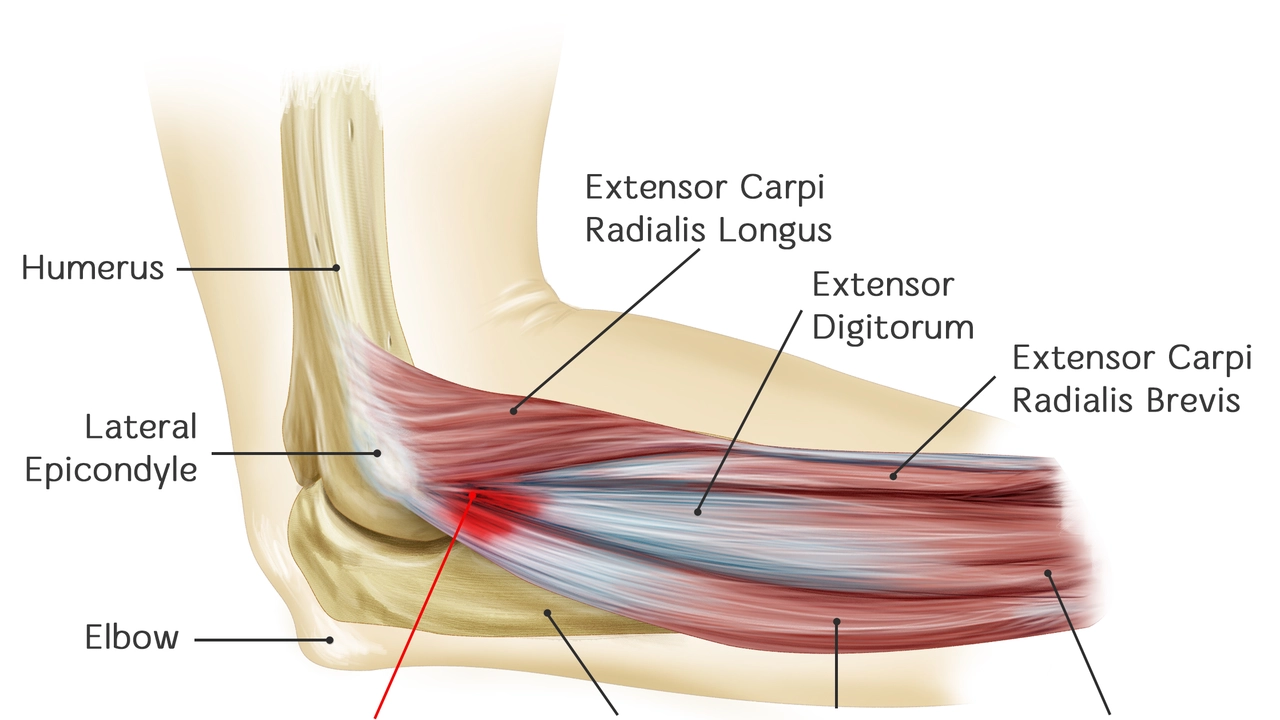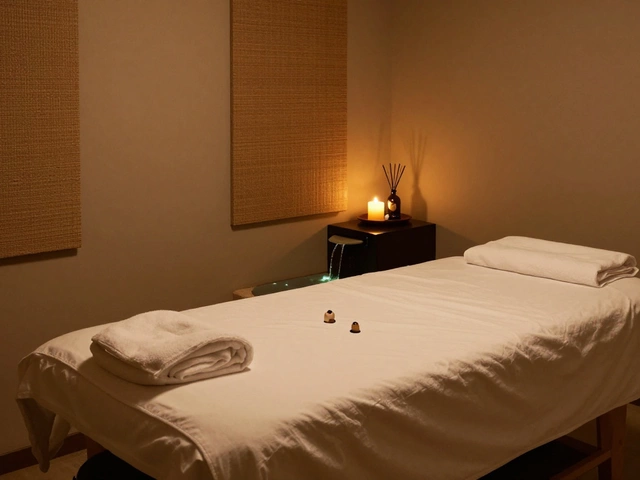Tennis Elbow – Causes, Prevention, and Recovery
When working with tennis elbow, a painful condition that targets the outer elbow due to repetitive forearm strain. Also known as lateral epicondylitis, it shows up when the tiny tendons attached to the lateral epicondyle become inflamed. Forearm strain, the overuse of wrist extensors during serves and backhands is the main driver, while an improper racket grip, a handle that’s too small or too tight can amplify the load on those tendons. Rehab exercises, targeted stretches and strengthening moves for the forearm help the tissue heal faster and restore function. Tennis elbow therefore links three key ideas: injury cause, equipment factor, and recovery method.
Understanding and Managing the Issue
The condition encompasses inflammation, micro‑tears, and pain that radiates from the elbow down to the wrist. It requires a mix of proper technique, equipment tweaks, and progressive loading to reverse. Changing to a larger grip size often reduces the torque on the extensor muscles, while a lightweight racket lessens the impact forces during a serve. Meanwhile, consistent rehabilitation exercises such as wrist extensions with a light dumbbell, eccentric forearm curls, and gentle elbow flexor stretches enable tissue remodeling and improve grip strength. Nutrition also plays a role; adequate protein and anti‑inflammatory foods can speed up recovery.
Many players wonder why they still feel the ache after a weekend of practice. The answer often lies in volume and intensity. Hitting too many forehand drives or repeatedly serving without adequate rest influences the tendon’s ability to repair. A smart training plan balances on‑court time with off‑court conditioning, allowing the forearm muscles to adapt without overload. If you catch the warning signs early – mild twinge, reduced grip strength, or tenderness on the outside of the elbow – you can intervene with ice, a brief rest, and a focused rehab routine before it spirals into chronic pain.
Below you’ll find a curated mix of articles that dive deeper into each piece of this puzzle. From grip‑size guides and equipment reviews to step‑by‑step rehab protocols and real‑world player stories, the collection gives you practical tools to diagnose, prevent, and treat tennis elbow effectively. Keep reading to discover the exact stretches that top pros swear by, the signs that tell you it’s time to swap your racket, and the daily habits that keep your forearms strong and pain‑free.
Elbow Tendinitis and Tennis Elbow Treatment?
Elbow tendinitis and tennis elbow are painful conditions often caused by overuse or strain of the elbow joint. Treatment usually involves rest, icing the area, and over-the-counter painkillers to manage discomfort. In more severe cases, physical therapy or even surgery may be necessary. It's also crucial to prevent future occurrences by using proper techniques during physical activities and strengthening the muscles around the elbow. Always consult with a healthcare provider for appropriate diagnosis and treatment.



